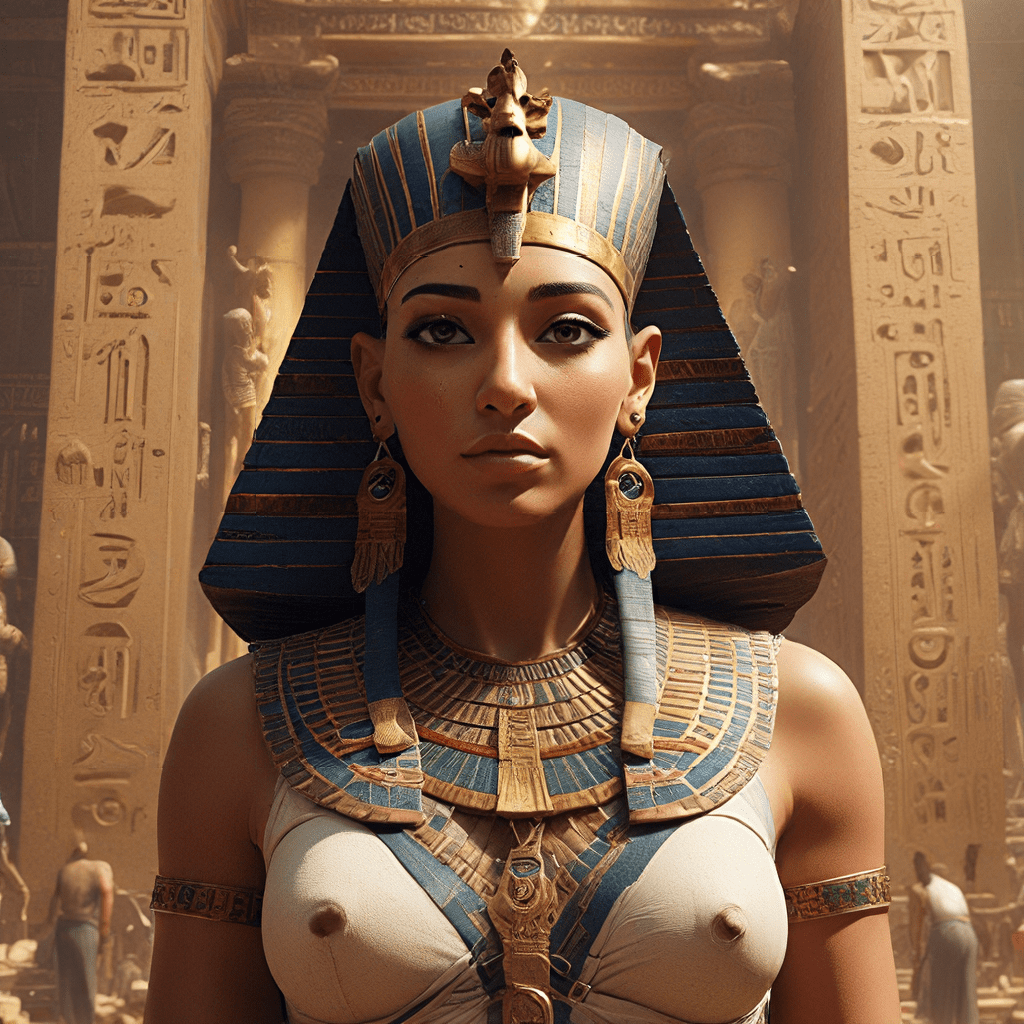The Egyptian Afterlife: A Journey into the Mind of Ancient Egyptians
The ancient Egyptians were deeply fascinated by the afterlife. They believed their existence continued after death, and they prepared meticulously for their journey into the next world. Their beliefs had a profound impact on their lives, influencing everything from their daily routines to the magnificent monuments they built.
2. The Journey Begins: Death and the Body
The Egyptians viewed death as a transition, not an end. They believed that the soul (ka) needed a physical body (ba) to continue its journey into the afterlife. This belief led to the complex practice of mummification, the process of preserving the body to ensure its survival in the next world.
Mummification was a meticulous process, involving the removal of organs, drying the body with salts, and wrapping it in linen bandages. The body was often placed inside a sarcophagus, a decorated coffin, and buried with treasures, food, and other items the deceased would need in the afterlife.
The Egyptians also performed elaborate funerary rituals to guide the deceased’s soul into the afterlife. These rituals included prayers, offerings, and elaborate processions. The emphasis on preserving the body and performing elaborate rituals demonstrates the importance of the afterlife in ancient Egyptian culture.
3. The Weighing of the Heart Ceremony: A Crucial Test
After death, the Egyptians believed the deceased’s soul would face a crucial test: the Weighing of the Heart Ceremony. In this ceremony, Anubis, the jackal-headed god of the dead, would weigh the deceased’s heart against the feather of Ma’at, the goddess of truth and justice.
The heart represented the soul’s character and actions in life. If the heart was lighter than the feather, indicating a virtuous life, the soul was allowed to enter the afterlife. If the heart was heavier, it would be devoured by the monster Ammit, signifying a negative judgment and denial of entry to the afterlife.
4. Navigating the Underworld: A Labyrinth of Challenges
The journey to the afterlife took the deceased through a dangerous and mysterious underworld known as the Duat or Amentet. This underworld was filled with terrifying creatures, perilous obstacles, and challenging trials. The deceased had to navigate through this labyrinth to reach the final judgment.
The Egyptians believed the Duat was a place of darkness and shadows, with rivers of fire, monstrous demons, and treacherous landscapes. The deceased faced many obstacles and dangers, including confronting the serpent Apophis, who threatened to swallow the sun, and battling the guardian of the underworld, the god Seth.
5. The Role of Divine Guides: Guardians and Protectors
The deceased did not face the challenges of the underworld alone. They were guided and protected by various gods and goddesses who played significant roles in their journey. One of the most important figures was Osiris, the god of the underworld, who presided over the final judgment.
Other gods, like Thoth, the god of wisdom and magic, and Horus, the god of kingship and protection, aided the deceased in their journey. They provided guidance, knowledge, and protection against the dangers of the underworld. The presence and power of these divine figures helped to ease the anxieties of the deceased and offered hope for a positive outcome.
6. The Final Judgement: Facing Osiris
After navigating the underworld’s trials and challenges, the deceased soul finally faced the judgment of Osiris. Osiris, seated on his throne, would review the deceased’s heart, weighed against the feather of Maat. The outcome of this judgment determined the deceased’s fate.
If the heart was found to be pure, the deceased was granted eternal life and allowed to enter the Fields of Reeds, a paradise filled with joy and abundance. If the heart was deemed impure, the deceased was denied entry to the afterlife and faced oblivion. This final judgement was a critical moment in the Egyptian afterlife, reflecting the importance of a virtuous life.
7. The Fields of Reeds: Eternal Paradise
The Fields of Reeds, or Aaru, was the ultimate destination for those who passed the final judgment. It was a paradise imagined as a fertile land, where the sun shone eternally and the soil was always fertile. In this idyllic realm, the deceased lived a life of eternal bliss and happiness.
The Fields of Reeds was a place of abundance and joy, with endless harvests, vibrant gardens, and a constant supply of food and drink. The deceased could spend their days fishing, farming, and enjoying the pleasures of this paradise. This final reward reflected the Egyptians’ deep desire for a life free from suffering and pain.




